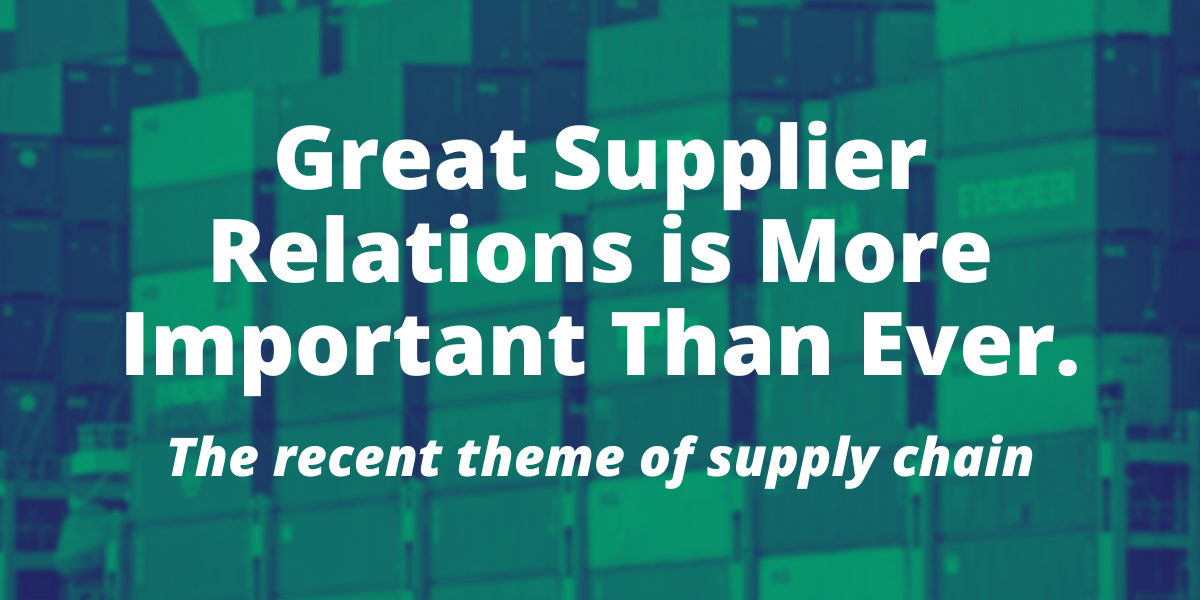Rubber compounding is the science of mixing a specific rubber formulation, including rubber and additives, before beginning the vulcanization, or curing, process. Basically, it’s all the work that goes into mixing up just the right recipe for your application.
The ultimate goal of rubber compounding is usually to achieve certain physical and chemical properties without overly inflating cost. Think of it like baking a batch of chocolate chip cookies. You can certainly import fine Swiss chocolate and hand-churned butter for your cookies, but you can get the job done at a much lower cost with run of the mill ingredients.
What are some common rubber compounding additives?
Rubber additives can include materials like processing aids, antiozonants, plasticizers, fillers, scents and curing agents.
Processing aids
Processing aids are fairly self explanatory. They assist with various aspects of formulation and processing. They are often proprietary. Commonly, processing aids help with formulation, preventing rubber compounds from sticking and adjusting curing speed.
Antiozonants
If an end rubber product will be outside or in direct contact with UV light, it’s liable to crack or wear down quickly from exposure. Antiozonants can be added to rubber compounds to delay the onset of cracks and fading from ozone damage.
Plasticizers
Plasticizers decrease the viscosity of rubber, making them more flexible and easy to manipulate, which improves processing and softness. They are mainly used in plastics processing, but can be added to rubber compounds as well.
Fillers
Fillers exist mainly to lower the cost of a formulation. Sometimes they impact physical properties, which may or may not be desirable depending on your end application. For example, you may add an expensive filler to a rubber compound that increases tensile strength. You may also add a cheap filler that happens to decrease tensile strength, but may not matter for the product’s end use.
Scents
A generic rubber smell isn’t so bad, but sometimes after rubber is formulated it carries an awful stench. When the smell is particularly bad, scent can be added to the compound to mask or neutralize the stink.
Curing agents
This is the most critical ingredient in rubber compounding. Without a curing agent, rubber does not harden. Adding a curing agent to a rubber material forms cross-links among each rubber chain, kicking off the curing process. Sulfur is the most common vulcanization ingredient in the rubber industry. It is often used with natural rubber, SBR and EPDM and can be used for vulcanization in Nitrile and butyl rubbers.
Peroxide is also a commonly used curing agent in several different types of rubber, though not as popular an additive as sulfur.
Is it easy to source rubber additives?
Before Covid, yes, it was simple to acquire all necessary rubber compounds. However, in the last 12-24 months sourcing has gotten a lot more complicated. Many additive materials come from countries like China and Russia, which have both been disrupted by supply chain issues and the war in Ukraine and its related import bans, respectively.
?width=600&height=300)
Like most other parts of the economy, additive suppliers have been raising prices and rationing and culling product lines. Some companies used to make small quantities of a filler and stopped production entirely given the state of the supply chain. Other factories shut down entirely.
This isn’t to say it’s impossible to get additive materials, or that the rubber industry is experiencing enormous disruptions. For more information on the state of the industry, check out our blog
Will There Be a Rubber Shortage?
Rubber Compounding FAQ
The following are answers to commonly asked questions we hear at Custom Rubber about rubber compounding.
Q: Is rubber compounding safe?
A: Yes! Especially over the last 30 or so years, industry regulations have drastically reduced and nearly eliminated the use of identified carcinogens or harmful chemicals. Many chemicals that were once common in rubber compounding are banned today.
Additionally, modern mixing and laboratory testing equipment used in compounding have safety features that weren’t present decades ago. It’s a very safe job overall.
Q: Who works in rubber compounding?
A: Rubber compounding is closely linked to chemistry, so the process usually takes place in a lab-type manufacturing setting under the close eye of professional chemists. These chemists determine proper formulations through testing, trial and error.
This is in contrast to rubber mixing, which involves batch processing of chemicals by weighing ingredients and putting them into a mixer in a certain order.
Q: Is natural rubber compounding different from synthetic?
A: Fundamentally, yes, formulating natural rubber will differ from synthetic rubber. Natural rubber is made from latex and occurs naturally in rubber trees while synthetic rubbers are artificially created from a petroleum base.
The type of rubber you start with prior to including additives will depend on your intended application. For more information on the key differences between natural and synthetic rubbers, check out our blog
What’s the Difference Between Natural and Synthetic Rubber?
Not sure how to create the best rubber compound for your application? Custom Rubber Corp. has decades of experience in helping customers select the best, most cost-effective option for their business needs.
Get your rubber materials questions answered and grab a quote from our team of experts today.